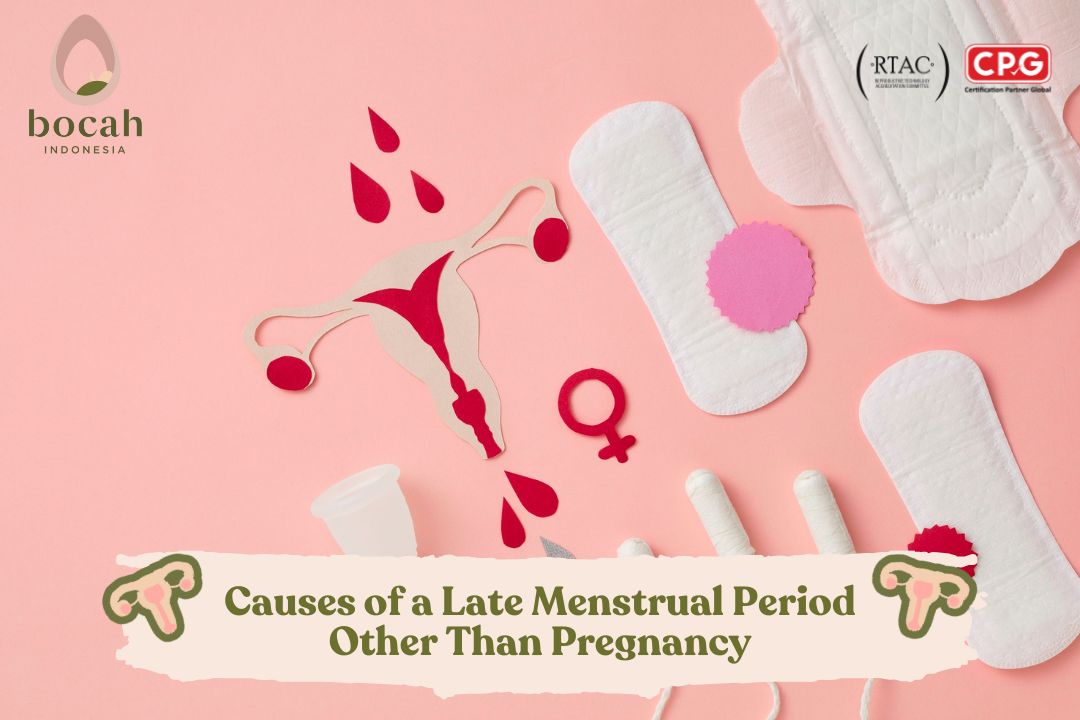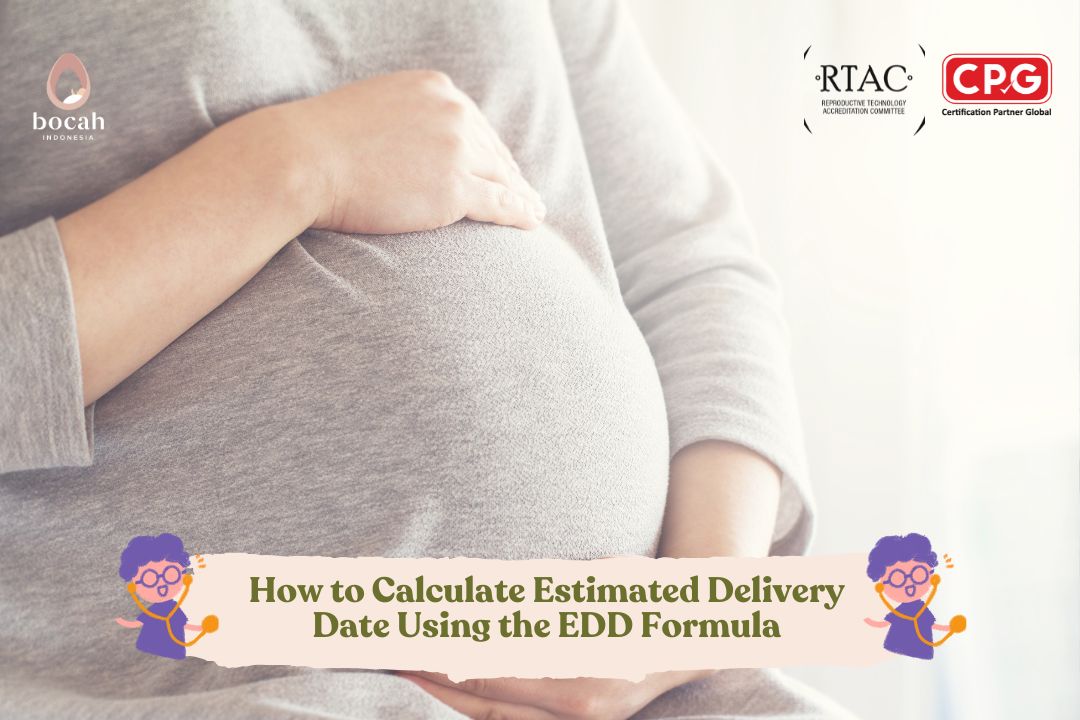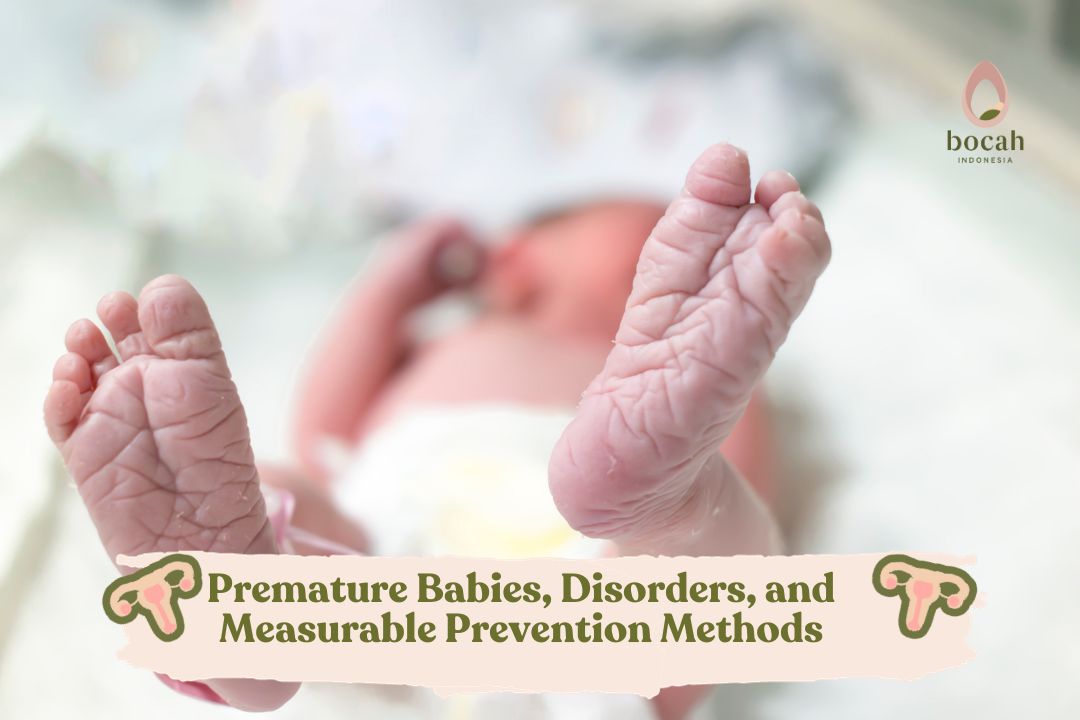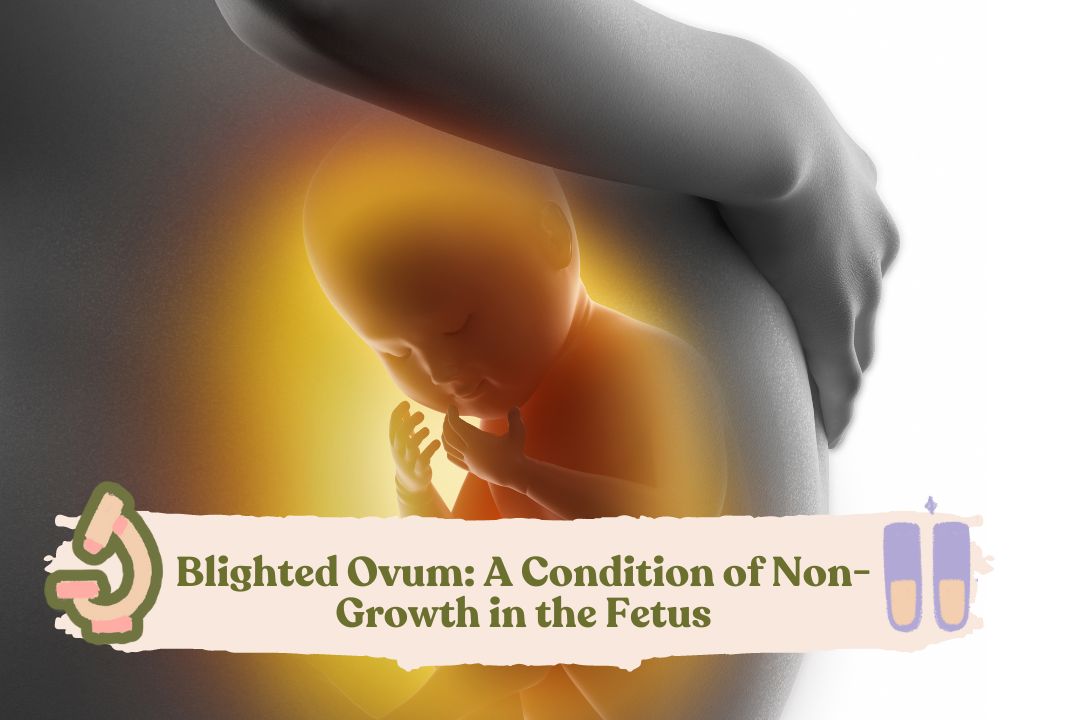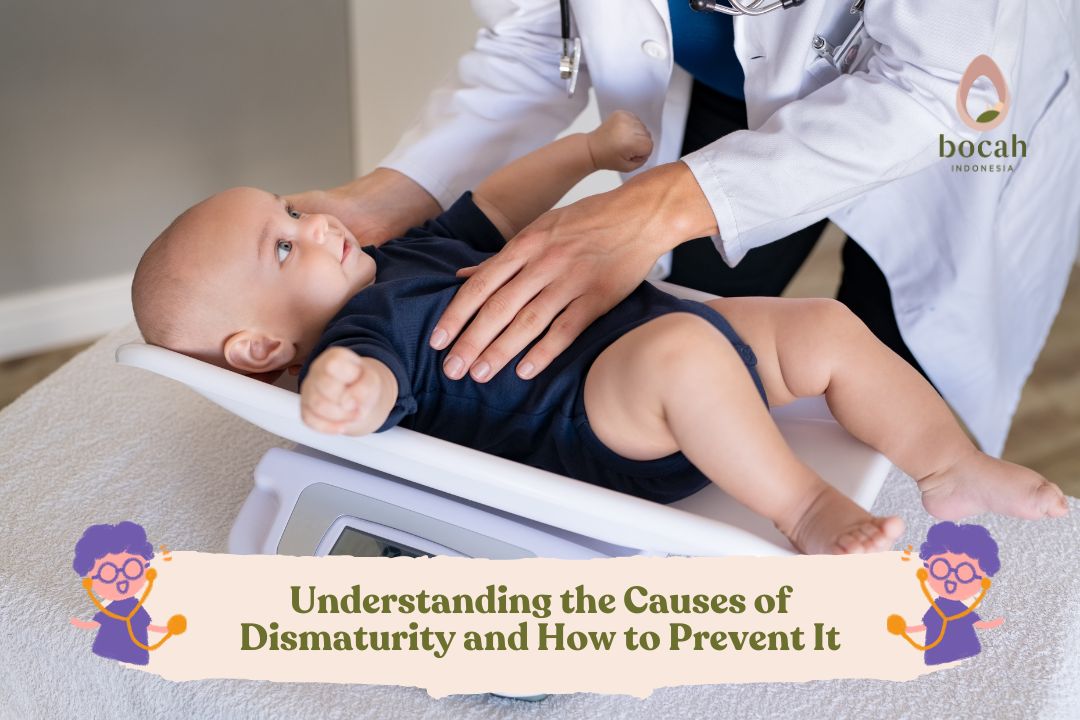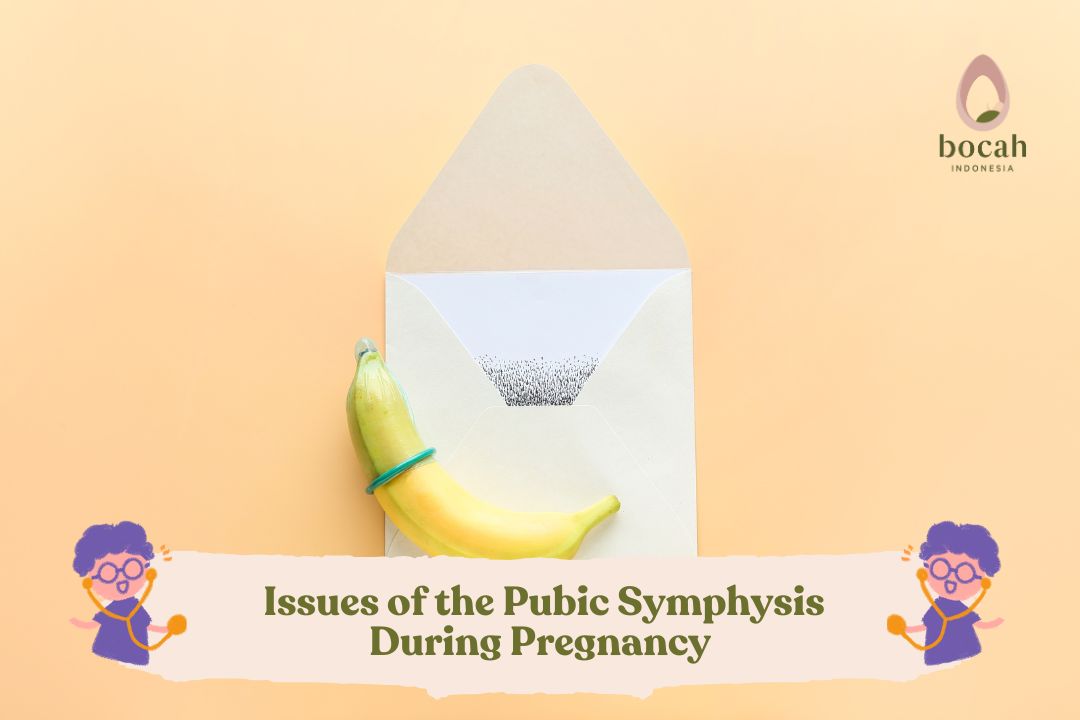Understanding Postmature, Babies Born Late Past Their Due Date
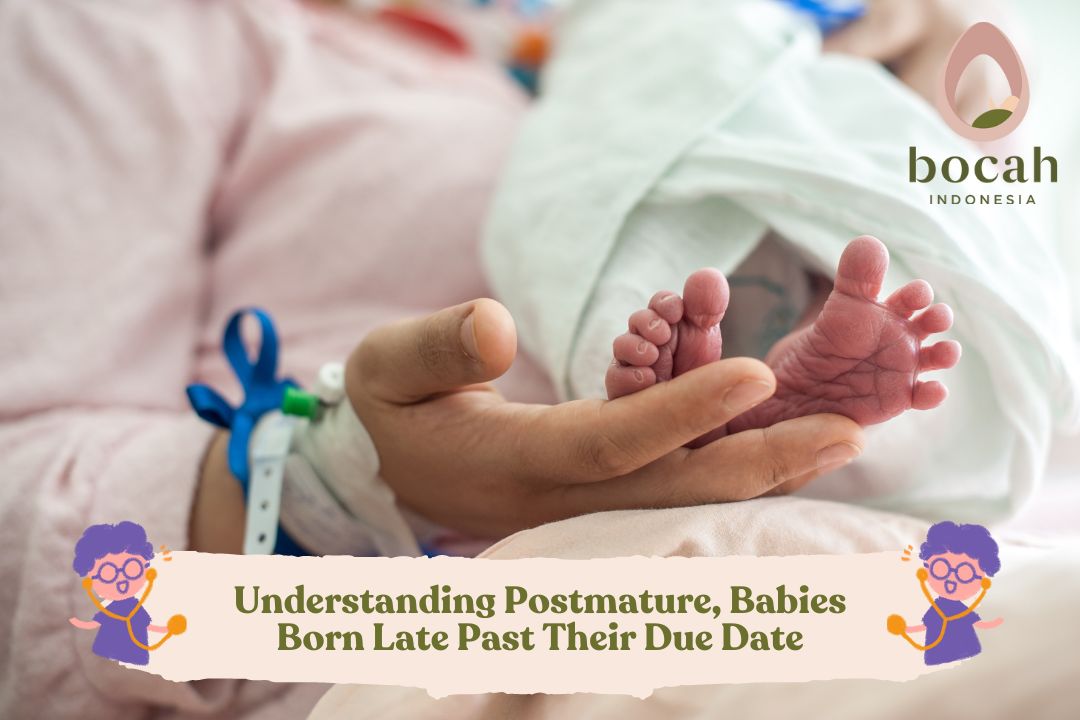
Like premature birth, postmature pregnancy and delivery can be dangerous if not promptly addressed.
Have you ever heard of postmature pregnancy or delivery? This is not widely known. Both premature and postmature deliveries are types of childbirth that can be risky and require immediate attention.
What is Postmature Delivery?
Postmature delivery is a birth process that occurs beyond the expected pregnancy term. Normally, pregnancy and delivery occur within the range of 37 to 42 weeks. If the pregnancy lasts more than 42 weeks, it is considered a postmature pregnancy.
To date, the exact cause of postmature pregnancy and delivery is unknown. However, there are several risk factors that may contribute to this condition, such as having a history of postmature pregnancy, the mother being obese, family members with a history of postmature delivery, and genetic factors.
Additionally, one factor that may lead to postmature delivery is inaccurate pregnancy estimation, for example, if the pregnant woman does not clearly remember the date of her last menstrual period.
Tanya Mincah tentang Promil?
Risks of Postmature Pregnancy for the Mother and Fetus
If postmature pregnancy and delivery are not promptly addressed, they can increase several risks for the mother and fetus. According to data from the 2013 Basic Health Research (Riskesdas), the rate of postmature pregnancies in Indonesia reached 20%.
This condition can cause several risks for both the mother and fetus, including:
1. Placental insufficiency
Placental insufficiency occurs when the placenta is unable to meet the oxygen and nutrient needs of the fetus. The placenta reaches its maximum size at 37 weeks of pregnancy.
When the pregnancy reaches 41 weeks, the placenta begins to shrink and its function starts to decline.
Therefore, if the pregnancy reaches 42 weeks and the mother has not yet delivered, the fetus may be at risk of not receiving adequate oxygen and nutrients.
This condition increases the risk of fetal health problems in the womb, potentially affecting growth and development later.
In addition, placental insufficiency can also lead to fetal death in the womb. As the pregnancy progresses beyond the due date, the oxygen and nutrient flow from the placenta becomes less efficient.
Thus, the longer the pregnancy lasts, the less blood flows to the fetus. If left untreated, this can result in fetal death in the womb.
2. Meconium aspiration
Meconium aspiration is a medical condition that occurs when the fetus inhales or ingests amniotic fluid and its first stool (meconium) while in the womb.
Normally, a baby passes its first stool a few days after birth. However, if the birth is delayed, the risk increases that the fetus will expel stool in the womb and ingest it.
This condition is dangerous because it can lead to oxygen deprivation, infection, and inflammation in the baby’s lungs.
Although rare, meconium aspiration can be very dangerous, potentially causing permanent brain damage and persistent pulmonary hypertension in newborns.
3. Maternal injury during delivery
As the pregnancy progresses, the size of the fetus grows larger. If the fetus weighs more than 4,500 grams, delivery can become very difficult because the baby’s size may not align with the birth canal.
If a vaginal birth is forced in this situation, it can lead to injuries during delivery. The most common injuries are broken bones and nerve damage in the shoulders. Therefore, a cesarean section is usually chosen for delivery.
4. Maternal Death During Childbirth
Postmature pregnancy can also increase the risk of maternal death during childbirth due to heavy bleeding or sepsis infection.
This is because the mother is more prone to experiencing complications during delivery and other complications that may occur after the baby is born.
Some complications that may arise from postmature pregnancy include:
- Vaginal tears
- Infection
- Wound complications
- Placental problems
- Forceps or vacuum extraction during delivery
- Placental issues
- Low amniotic fluid levels
How to Prevent Postmature Pregnancy
Although the exact cause is still unknown, this condition can be prevented early. Routine pregnancy check-ups from the first trimester are essential.
Regular ultrasounds can also help monitor the baby’s development and accurately determine its gestational age.
If there is a discrepancy between the estimated gestational age based on the doctor’s calculation and the ultrasound, the gestational age determined by the ultrasound should be used.
It is also recommended to always keep track of menstrual cycle dates before planning a pregnancy. This record is useful for doctors in estimating the due date.
This has been an explanation of postmature pregnancy and delivery. While postmature birth cannot be completely prevented, it can be discussed with a doctor to manage the desired outcome.
Source:
- Galal, M., et al. (2012). Postterm pregnancy. Facts Views Vis Obgyn. 2012; 4(3): 175–187.
- Postmaturity in the Newborn. Stanford Medicine Children’s Health.
- Wang, M., et al. (2014). Common Questions About Late-Term and Postterm Pregnancy. Am Fam Physician. 2014;90(3):160-165.
- Understand the Causes of Cervical Cancer Before Pregnancy - 24/12/2025
- Menstrual Induction Medications to Treat Irregular Periods - 19/12/2025
- Magnesium Deficiency, Does It Affect Fertility? - 12/12/2025



